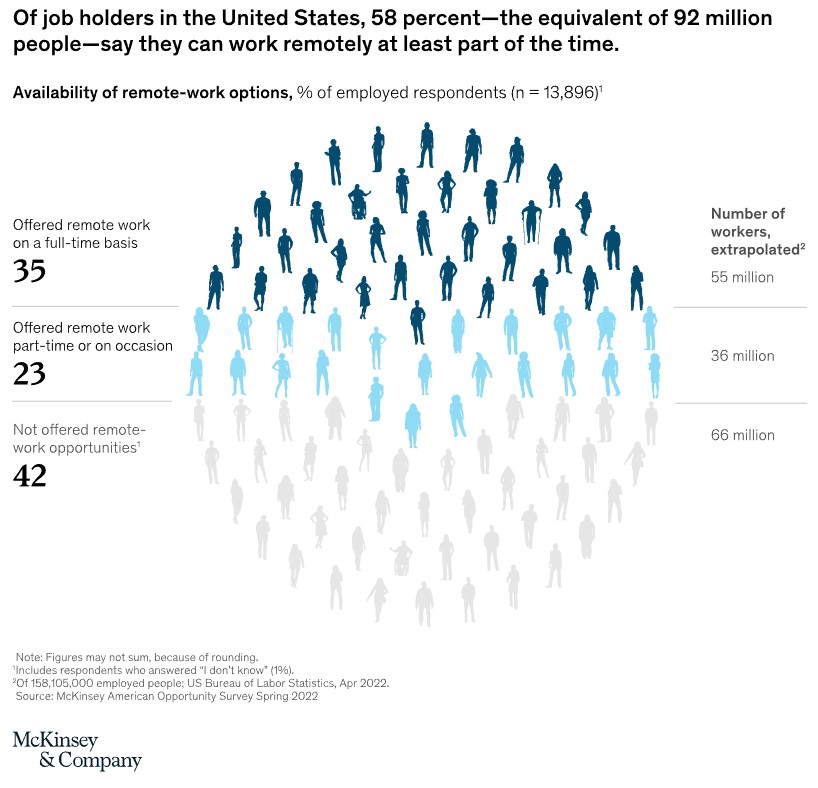|
|
 |
The Role of Remote Access Software in the Remote First Work Culture |

Remote-first work culture is a type of work culture where remote work is the primary mode of operation for a company or organization. Remote-first means that employees primarily work from remote locations, such as their homes, rather than a physical office. In a remote-first work culture, the company prioritizes flexibility and autonomy for employees, and technology facilitates communication and collaboration among the remote team.
The emphasis is on using technology to connect and collaborate through remote access software, virtual meetings, and file-sharing platforms. Remote-first companies often have a decentralized structure, with employees working from different geographical locations and time zones.
Advantages of remote-first work culture include:
- Increased flexibility and autonomy for employees.
- The ability to work with and retain top talent, regardless of location.
- Cost savings for the company and employees, as they don't need to pay for office space and commuting costs.
- Increased productivity, as employees can create their optimal working environment and schedule.
- Better work-life balance for employees.
Remote access software plays a vital role in the current remote-first work culture by enabling employees to access their work tools and resources and communicate with their colleagues remotely. These tools facilitate remote access to company software, virtual meetings and video conferencing, and file sharing. McKinsey's American Opportunity survey found that 58% of job holders in the United States say that they can work remotely at least part of the time. With this rapidly growing trend, it is of utmost importance for companies to embrace the latest remote technology and its multitude of benefits.

Access to Company Software: Employees can have remote access to company software, such as productivity tools, customer relationship management systems, and project management software. This allows employees to work securely from anywhere as long as they have a stable internet connection, without the need to download and run tools.
Virtual Meetings and Video Conferencing: Remote access facilitates virtual meetings and video conferencing, allowing employees to communicate with one another and collaborate on projects in real time, regardless of their location.
File Sharing: Documents and files can be shared securely, allowing employees to access the latest document version or collaborate on a project in real time.
Flexibility: Using remote access software provides flexibility to employees, allowing them to work from anywhere, whether it be from home, a coffee shop, or while traveling. This can hugely benefit employees with busy schedules or who have difficulty commuting to a physical office and is known to improve worker satisfaction and retention rates.
Cost-effective: Remote access tools can be a cost-effective solution for businesses, as they eliminate the need for employees to travel to a physical office, which can be expensive and time-consuming. Employees can work more efficiently and productively, accessing their work tools and resources from anywhere and communicating with their colleagues remotely. Additionally, a remote-first work culture opens up a much larger talent pool for employers since there are no geographic limitations.
It's important to note that remote-first work culture also brings new challenges, such as maintaining company culture, communication, and collaboration among the remote team. Additionally, remote work can be isolating for some employees, and it can be more challenging to manage and monitor remote workers. Teams should set up clear rules and guidelines to enable a successful communication strategy to enable success for all employees.
|
|
|
|
|
|||||
|
© 2026 ShowMyPC. All rights reserved.
|
||||||||


